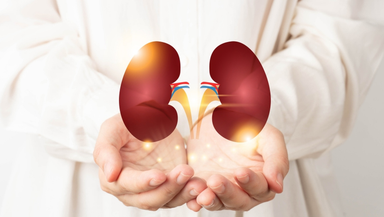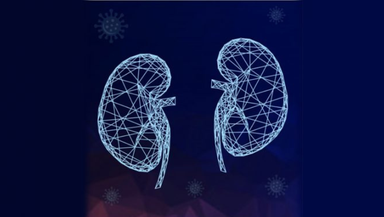Understanding quarantine and isolation amid COVID-19

With the rapid increase in the number of cases of COVID-19 in India, the government has demanded all the citizens to be in self-quarantine, and practice social distancing and self-isolation. Many of us may be confused with all the havoc going around and now there is more to comprehend. What are these terms? What do they even mean? Why do they sound so important? And why are they being used so frequently?
All this can be overwhelming at first, but don’t worry, it’s not anything you need to be scared of, it’s just a practice that’ll help you from catching the virus and prevent it from further spreading. Here’s all you need to know about quarantine, isolation and social distancing.
What is Quarantine?
Quarantine is nothing but an effective way of protecting the general public. It’s a place or a period where people who have been exposed to any infectious disease are kept. The government of any nation uses quarantine to prevent the spread of any contagious disease, especially during outbreaks, epidemics, and pandemics. Quarantines are basically for people who may not show any kind of symptoms but were exposed to the disease somehow. It helps in preventing the risk of further spread of the virus or the disease.
What Is Isolation?
This is a different form of quarantine. You are isolated if you show symptoms of any infectious diseases. Precautions taken during isolation are more rigid. You are kept away from people so that nobody else catches the virus. There are special isolation wards in hospitals to host people with highly contagious diseases. Nobody except medical professionals is allowed on the premises of these isolation wards. The wards are closed and protected; the medical staff wears more protective gear to prevent any possibility of being exposed to any virus. This may sound scary, but it isn’t. It is for the protection of everybody else.
What Is Social Distancing?
Social distancing means avoiding large crowds, standing at a minimum distance of three feet from other people, and most importantly, staying home if you feel sick.
Amidst this coronavirus pandemic, businesses and companies across the world are practising this protocol. They have asked all of their employees to work from home. Schools, colleges, and universities across the world have been shut down for the same reason.
If you don’t show any symptoms or haven’t been exposed to the virus yet, you must practice social distancing. You must stay at home as much as possible. Avoid any kind of gathering - parties, weddings, reunions, even crowded places like markets, stations, crowded trains, etc. as much as possible. This will keep you from getting infected by the virus.
This sure is a tough time. All the information available is extremely overwhelming, and to add to the panic, these buzzwords are floating everywhere, but you don’t need to stress. Comply with the government’s requests, stay indoors, practice good hygiene and other preventive measures suggested by the government.
These measures may cause inconvenience, but please think about others as well. Try and stay calm, and don’t cause panic by forwarding wrong information around. Be careful of what you read and what you tell other people. Stick to credible sources for information. Lastly, please cooperate with the authorities. They are trying their best to fix this, all we need to do is cooperate, and soon, we may be out of this.
Dr Sumana Y
Consultant, Department of Wellness, BGS Gleneagles Global Hospital
Disclaimer: The views and opinions expressed in this article belong solely to the author. They do not reflect the opinions or views of the organization.











